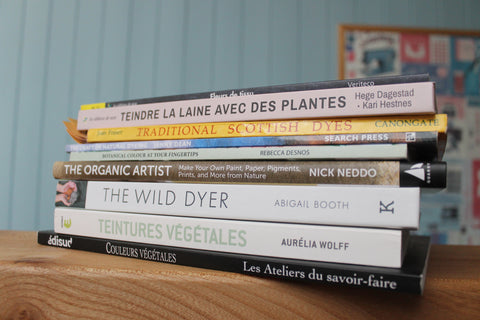
Lung Wort Dye test
Hello, today I tell you about my dyeing test with the Lung Wort.
Lung wort is a lichen. In Scotland it is also named Crottle, a general term for dye lichens. I found mention of it in 2 of my books. Both are indicating that you will get shades of yellow, orange, brown, green and even pink or purple if an additional treatment is applied before dyeing. The first book gives the recipe used in the past to dye the wool, the recipe I followed to dye cotton. The second one says that it doesn’t produce fast colours on cotton.
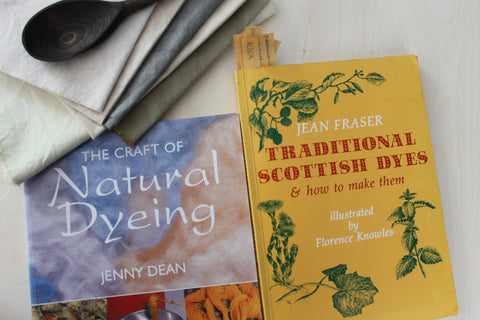
I mentioned it a previous article about dyeing (read it here) and every book you look at to learn dyeing with plants will tell you the importance of the fibre in the colouring process. The author usually includes a chart of colours obtained with one plant and some details of the method or ingredients used (fibre, mordant, bath number, etc …). It is so inspiring ! Also if you start dyeing seriously, keep your own chart to keep record of what you did, whatever the result, to be able to reproduce and improve your recipe.
Crottle is a very precious plant as it grows very slowly and pollution is destroying them. I harvested the crottle that had been blown off the trees by the wind. Also I took only what was necessary for one batch of dyestuff.

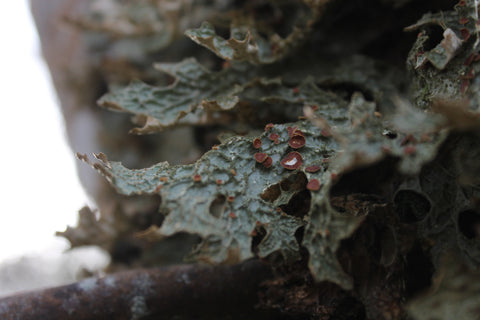

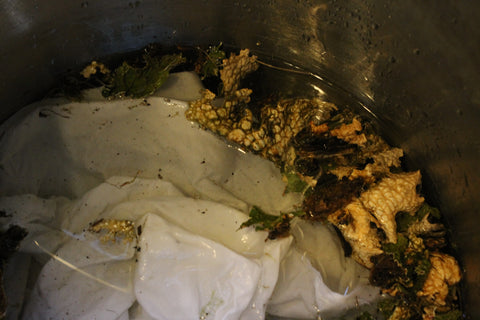
Here is the colour I obtained…. A very light shade of cream. Then I applied the iron soup and the difference is barely noticeable.

Am I disappointed ? Yes and no. It’s always a bit unpleasant and frustrating to obtain only a light shade of cream colour on the fibre when you had great hope. Also I am really keen to use the plant growing here in the Outer Hebrides so it would have been a great joy to obtain this orange brown that used to colour the Harris Tweed. In another hand, I know crottle have to be protected so it would mean to make only one or two batch of them per year so in any case the use is very limited. It’s not the first time, it’s not the last one. Some of my tests “fail” but it’s all about experience. This means I need to adapt my recipe and it is how I learn: make mistake, analyse and understand what didn’t work and how to improve it.
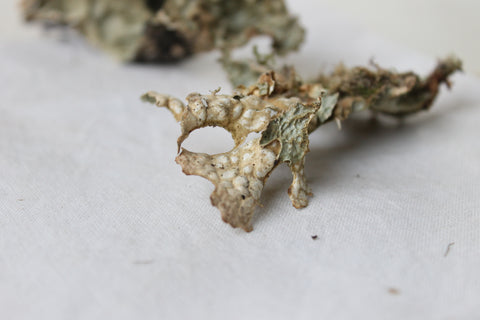
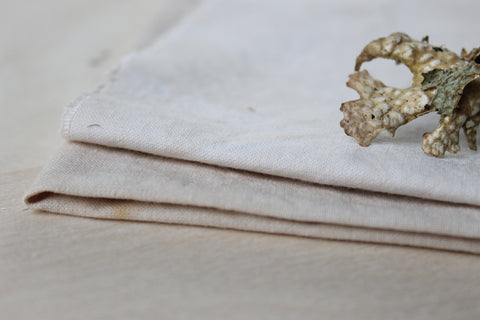
This month on the blog we will speak about:
- Wednesday 15/03 : Incubation in the creative process
- Wednesday 22/03 : Dye process, all the steps with the alder acorn.
- Wednesday 29/03 : The practice of other form of art.
